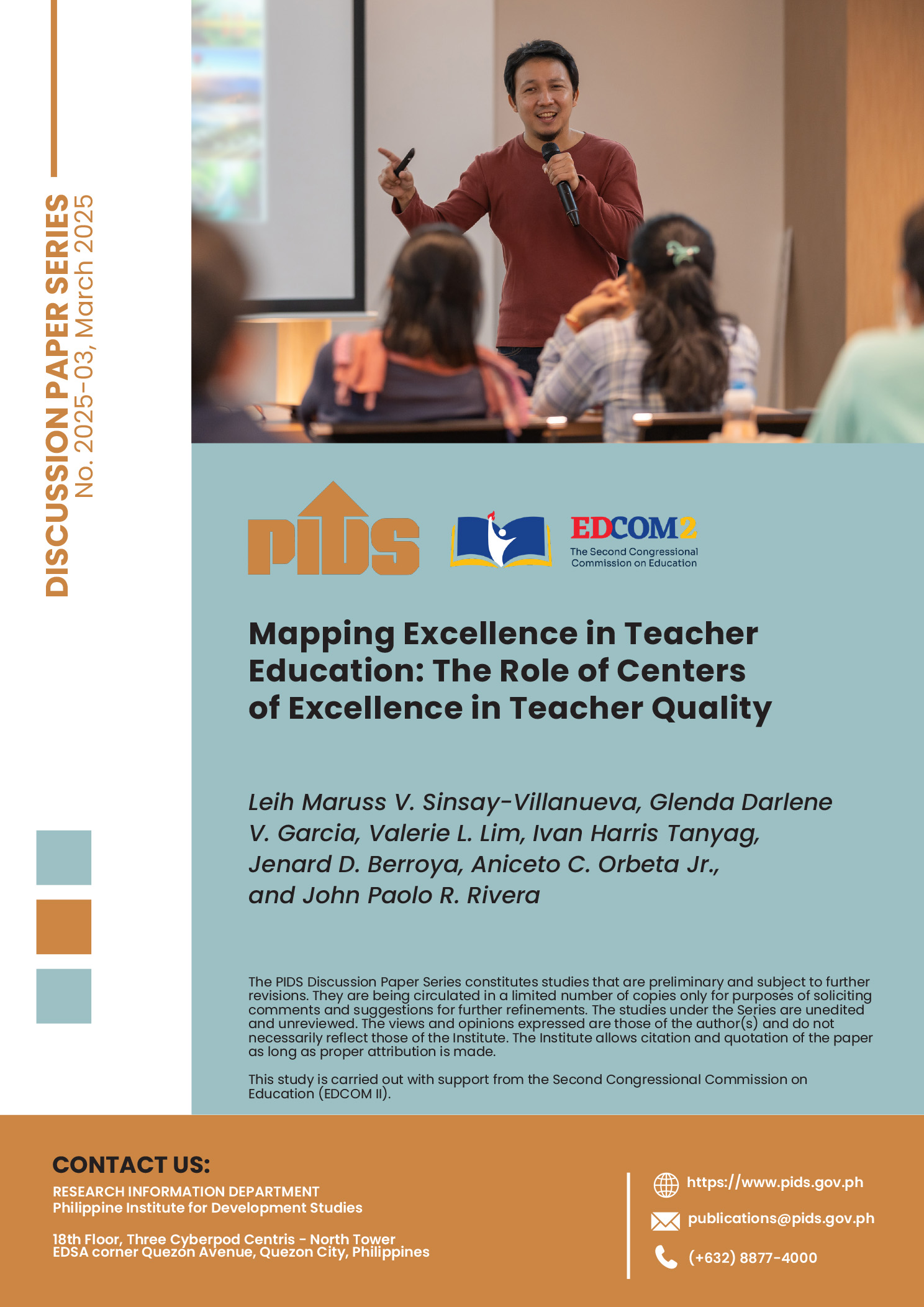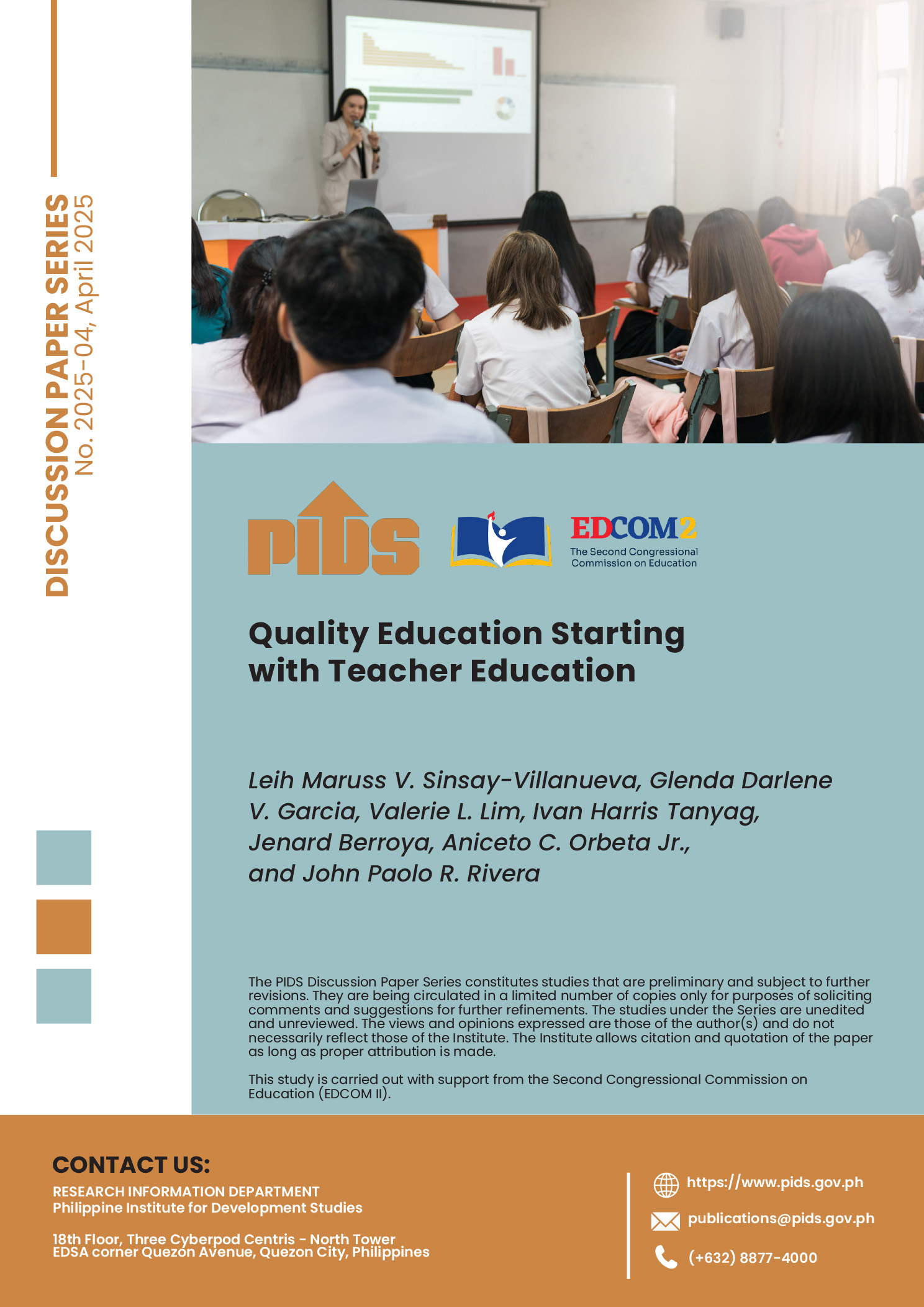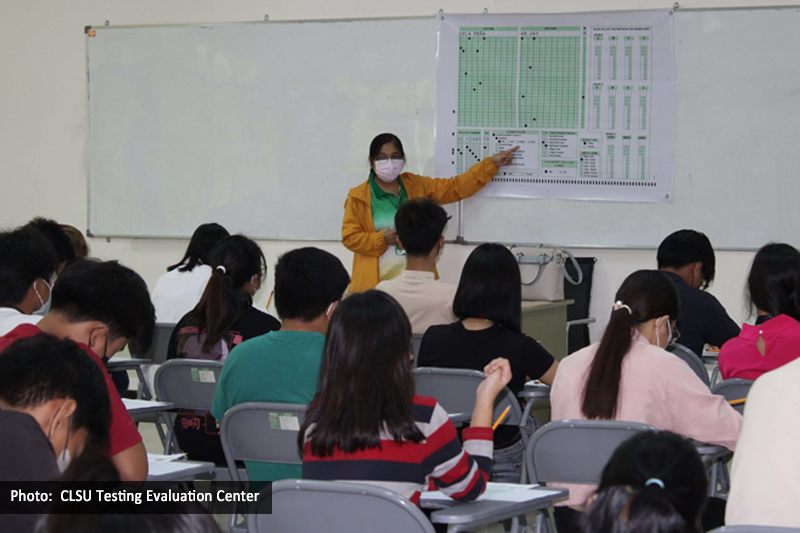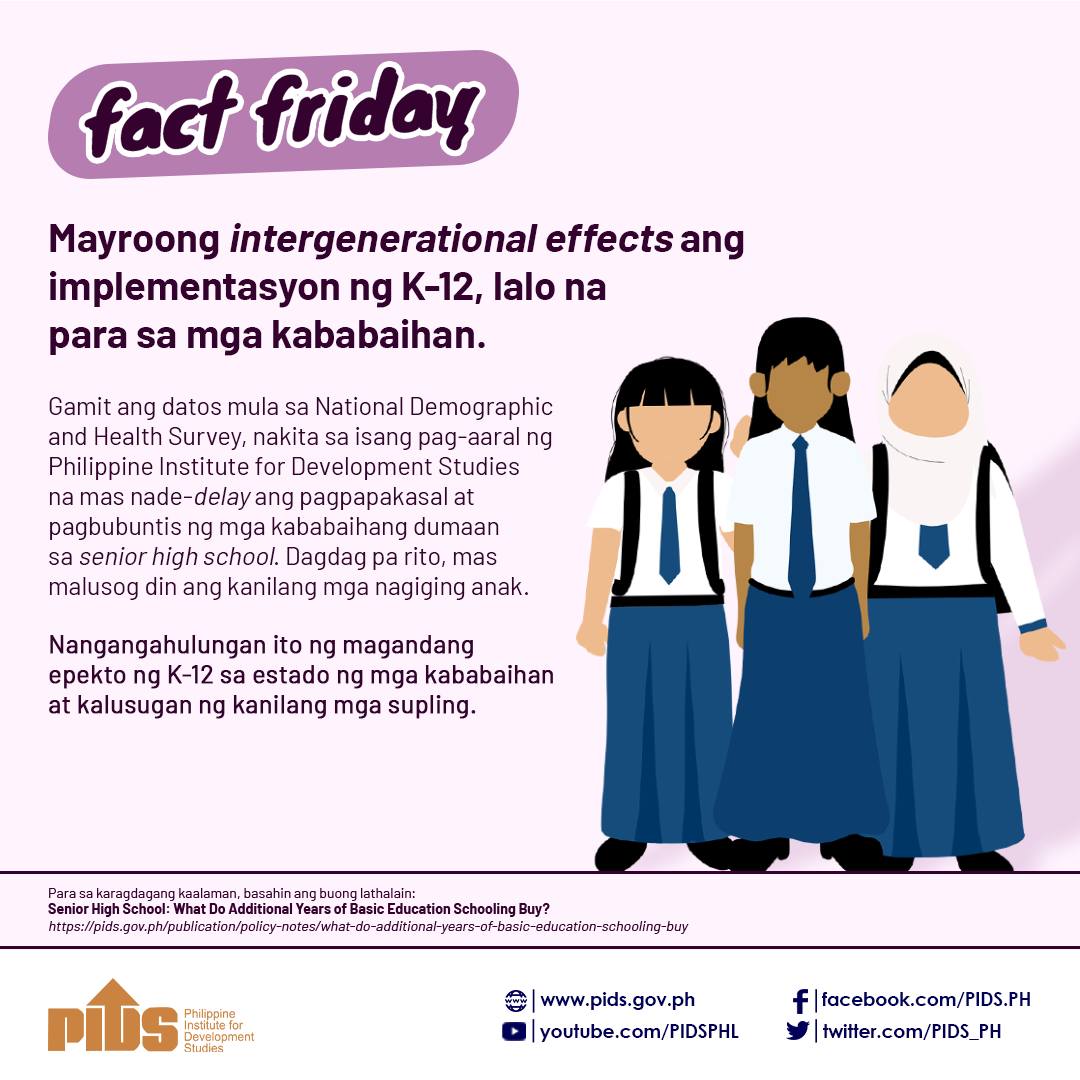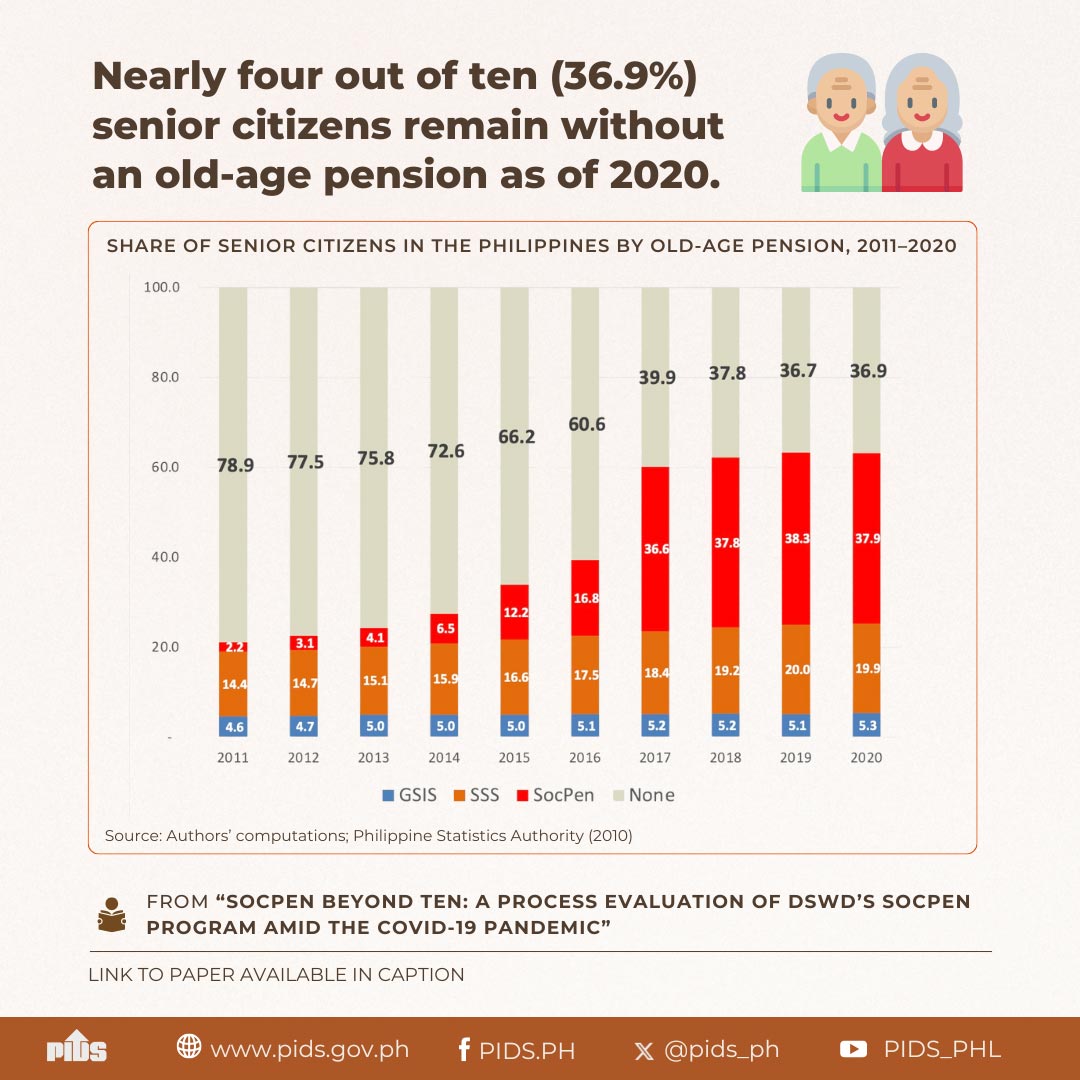The Department of Education (DepEd), Technical Education and Skills Development Authority (Tesda), and the Commission on Higher Education have agreed that all senior high school (SHS) students must learn “industry-relevant skills and knowledge.” The agreements, in line with the effort to “streamline their policies to produce more employable graduates,” impose two new measures: 1) students in the Technical-Vocational Education and Training (TVET) track must obtain Tesda National Certificates (NC) for completed and claimed competency levels; 2) students in arts, sports, and academic, regardless of the “strands” or curricular programs selected, must also secure two NC to graduate.
The first item involves mainly the government bureaucracy and budget and marks a laudable step in agency coordination. DepEd handles the bulk of TVET students and the certification comes from Tesda. Only about 25 percent of 2020 graduates wanted the NC enough to pay for them. Government will now pick up the NC costs. It will also fund the “capability-building program” that DepEd admits it needs to accredit teachers as competency assessors. Hopefully, the NC requirement addresses the troubling question that DepEd’s admission raises: How has it validated the competencies of TVET graduates without Tesda certification?
Compelling all SHS students to earn two NC to graduate is more problematic. This policy involves costs and affects parties beyond the bureaucracy. Most private schools do not offer the TVET track. All must now provide resources for programs that they and their students had not chosen. Costs may come in additional faculty and facilities and certainly in additional learning time. Critics have already complained about the congested SHS curriculum. “Embedding” the NC requirement worsens the curricular congestion. Agency coordination has unwittingly produced a measure misaligned with both the K-12 logic and the findings of the Philippine Institute for Development Studies (PIDS) and the Second Congressional Commission on Education (EdCom II).
By providing the TVET track in SHS, K-12 sought to serve the needs of the estimated 40 percent of students who lacked the academic competencies, financial resources, and “interest” to pursue a college degree. But the concern driving the K-12 advocacy was the recognition that K-10 did not prepare students adequately for college or sustainable livelihood opportunities in the job market or self-employment.
Required for higher education, K-12 both burdens and benefits those who can afford college. While entailing additional costs, the subsidized SHS program gives them more time to learn basic literacy, numeracy, and life skills unlearned in K-10. Mandatory TVET courses will take the time they can use to master foundational skills essential for college and their chosen career tracks and are needed even for TVET.
Twenty-five years ago, experts already warned that students declaring their interest in TVET often lacked the necessary literacy and numeracy skills. External evaluation tests have more recently confirmed this warning. But the notion that K-10 sufficed to give students the TVET skills to assure themselves of sustainable livelihood options persists. Programme for International Student Assessment test scores show how poorly basic education has prepared students to develop the foundational skills needed for life-long learning and life-long earning.
PIDS and EdCom II research also question the premise that NC levels 1 and 2 would give non-TVET track students more and better livelihood options. While routinely required from job applicants, these credentials, focused on lower-level skills, do not impress employers. Most companies, particularly the 20 percent offering the best jobs, still resist hiring K-12 graduates. Those who get employed may get less than the minimum wage. Unsurprisingly, K-10 graduates have shown little enthusiasm for TVET. But TVET enrollment increases, driven also by rising college costs and the demand from college graduates seeking additional competencies to get or keep jobs. Even TVET students believe they need a college education.
The EdCom II report recognized the value of certification but challenged Tesda to move beyond certification toward “Achieving True Career Mobility and Lifelong Skills.” Rightly stressing the importance of TVET, it placed priority on mobilizing industry support for enterprise-based training, as EdCom also did 30 years ago. EdCom II also listed the 30-year-old issues hampering TVET effectiveness: inadequate data collection; ineffective collaboration with industry boards; delays in program registration; shortages of relevant, quality programs and qualified instructors. More basic than levels 1 and 2 certification, these problems call for greater agency coordination.
In 2022, the backlog of TVET graduates without NC had bloomed to over 11 million. Mandatory TVET will increase this number. An additional burden for all SHS schools and students, its implementation will require resources to seek benefits EdCom II considers uncertain. Before enforcing this mandate, the education agencies might first address the persisting, more basic priority issues.


